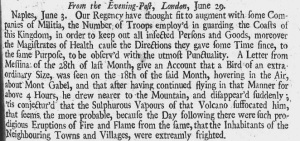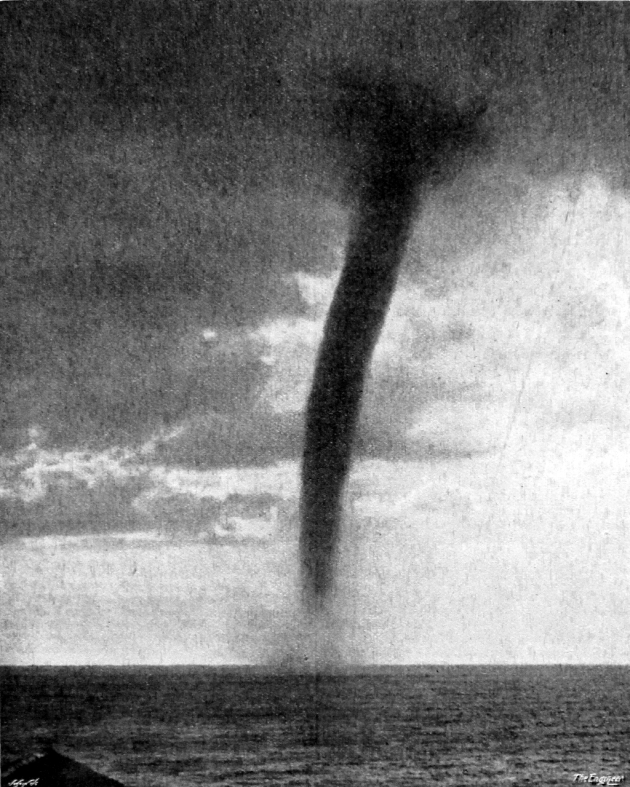For no good reason I can think of, an episode of Dr Kildare I saw rattles around and resurfaces every so often in my brain, on a timescale of roughly a decade, but without the regularity that might suggest.
It rattles mainly because I didn’t understood it. I must have known about surfing – it was about a girl surfer and I don’t remember being all ‘do people actually do that?’ about it. I remember Kildare telling her she mustn’t surf any more, but I must have missed what the reason was. All I have is ’why not? What’s the problem here?’ Naturally, she went ahead and did it anyway, and it didn’t end well. Was that the reason? Perhaps I wasn’t used to seeing unhappy-endings at that age.
Anyway, this Digital Archive of Radio Times from 1923 to 2009 turned up. 1923! It doesn’t seem to give you any access to actual page images – none I can find anyway. The magazine ran advertisements, so maybe they don’t want you seeing what was available for sixpence from Cadbury in 1950 or something.
But they’ve done an awful lot of work reformatting the information for presentation – and searchability – on the web. Very impressive. Not that the text is always accurate – there are spectacular misreadings from the optical character recognition – but that’s only to be expected from machines.
There’s evidence that entries have been corrected by human staff members, just not very much. So your searches are going to miss things. Members of the public are invited to correct the text and to add further information about the entries. Such crowdsourcing means that the information will always be freely available doesn’t it (say yes).
The folk at the BBC even ask you if the program whose listing you’re looking at was actually transmitted. You may find their lack of faith disturbing, but obviously the magazines were printed in advance and you couldn’t reasonably predict things which might interrupt the schedules. Like Churchill dying or Kennedys getting assassinated or whatever. Stuff like that.
So do have a go and clog up those BBC arteries with millions of HTTP requests.
Oh yes – the Dr Kildare thing. I found the episode – two of them (it was a double) split over successive pre-watershed Thursdays, the 6th and 13th February 1964. It was called Tyger-Tyger with guest star Yvette Mimieux, the text for part 1 saying A beautiful girl defies Dr. Kildare’s medical warning that she must give up surf riding. Part 2’s description says In spite of her condition and Dr. Kildare s protests, surf-rider Pat continues to take an active part in the sport. Surf-riding, eh? Interesting. Hyphens even. Is that the staid BBC or is ‘surfing’ not a thing yet?
So, on the whole, I’m none the bloody wiser. But wait – now I have Yvette Mimieux and can go to her page on IMDb and – result! Petit-mal seizures would you believe?
She drowns. Thanks, internet.










